Introduction
If you've ever stood in the spice aisle, squinting at two nearly identical bottles labeled 'oregano' and 'Mexican oregano,' wondering if they're just marketing tricks or actually different, you're not alone.
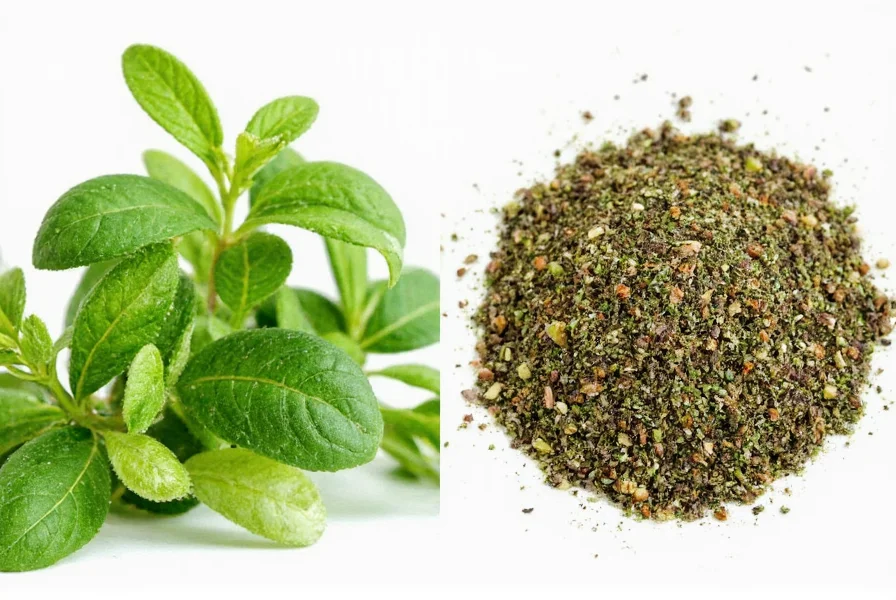
The truth? They may look alike, but their origins, flavors, and culinary uses couldn’t be more distinct. In this article, we'll break down everything you need to know about these two herbs so you can season like a pro — whether you're making lasagna or tacos!
Table of Contents
- What's the Difference?
- Botanical Breakdown
- Flavor Profiles Explained
- Culinary Uses Compared
- When to Use Each Herb
- Cooking Tips with Oregano & Mexican Oregano
- Buying Guide: How to Choose the Best One
- Storage & Shelf Life
- Common Mistakes to Avoid
- Frequently Asked Questions
- Conclusion
What's the Difference Between Oregano and Mexican Oregano?
At first glance, oregano and Mexican oregano seem like cousins — or maybe even twins. But dig a little deeper, and you’ll find they’re not related by blood. In fact, they come from entirely different plant families!
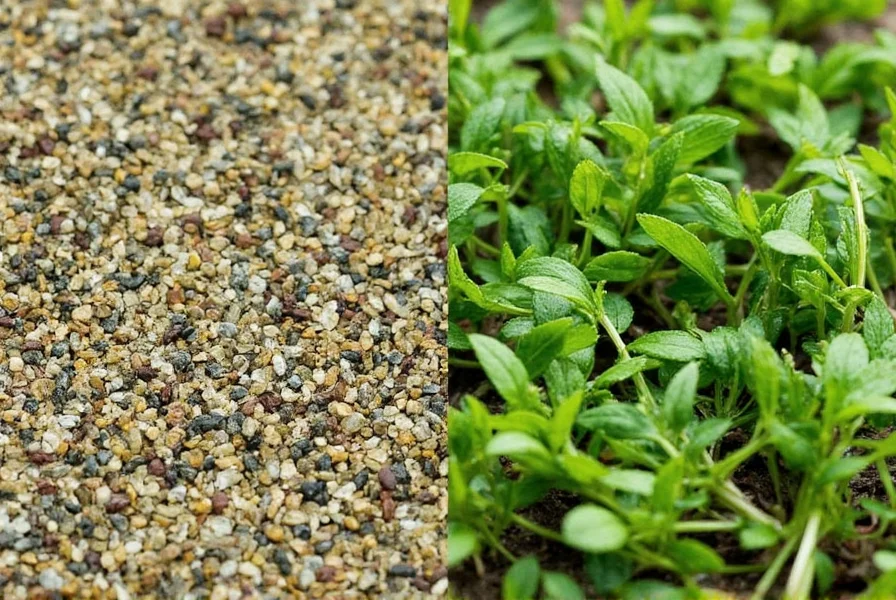
Quick Comparison Table
| Feature | Oregano (Mediterranean) | Mexican Oregano |
|---|---|---|
| Scientific Name | Origanum vulgare | Lippia graveolens |
| Plant Family | Lamiaceae (mint family) | Verbenaceae |
| Origin | Mediterranean region | Mexico, Central America |
| Flavor Profile | Earthy, minty, slightly bitter | Smoky, citrusy, camphor-like |
| Culinary Use | Pizza, pasta sauces, grilled meats | Tacos, salsas, mole, soups |
| Aroma | Fragrant, herbal | Woody, intense |
| Substitution Tip | Use thyme or marjoram | Not easily substituted; try epazote if available |
Botanical Breakdown: Why It Matters
Understanding where these herbs come from helps explain why they behave so differently in the kitchen.
- Oregano: True oregano is part of the mint family. Its name comes from the Greek words "oros" (mountain) and "ganos" (joy), literally meaning "joy of the mountain." It grows wild on rocky hillsides in the Mediterranean and thrives in warm, dry climates.
- Mexican Oregano: Though it shares the name “oregano,” Mexican oregano isn’t technically oregano at all. It's closely related to lemon verbena and is often called “Lippia” or “wild oregano.” This herb grows in arid regions of Mexico and parts of South America and has a much stronger, more aromatic profile than its Mediterranean cousin.
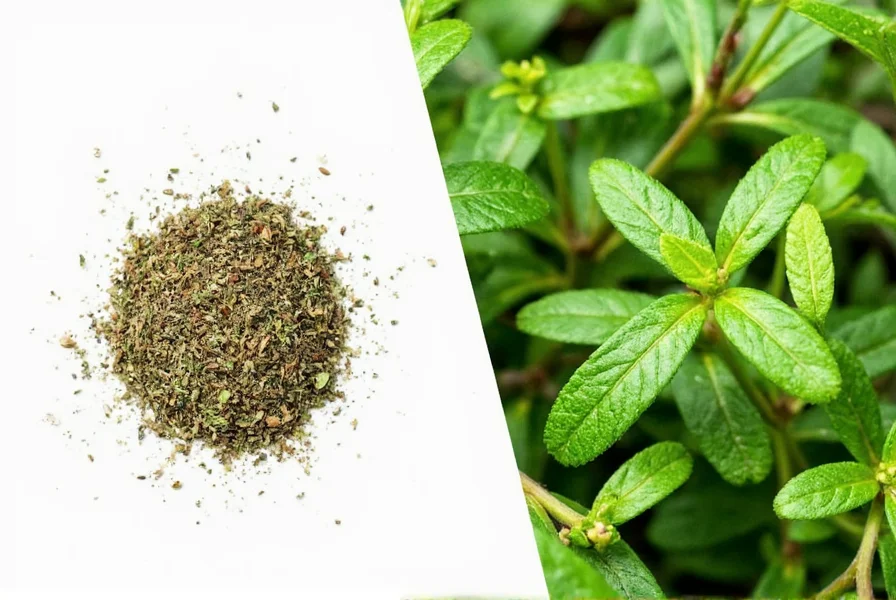
Flavor Profiles Explained
Both herbs bring boldness to dishes, but their flavor signatures are as different as jazz and classical music.
Mediterranean Oregano Flavor
This version of oregano has a strong, earthy, and slightly minty taste with a hint of bitterness. It works best when cooked slowly into dishes like tomato-based sauces, stews, and roasted meats.
Mexican Oregano Flavor
With a woodsy, smoky, and almost citrusy note, Mexican oregano packs a punch that stands up well to chiles, beans, and tomatoes in Latin American dishes. Think of it as the backbone of authentic Mexican cuisine.
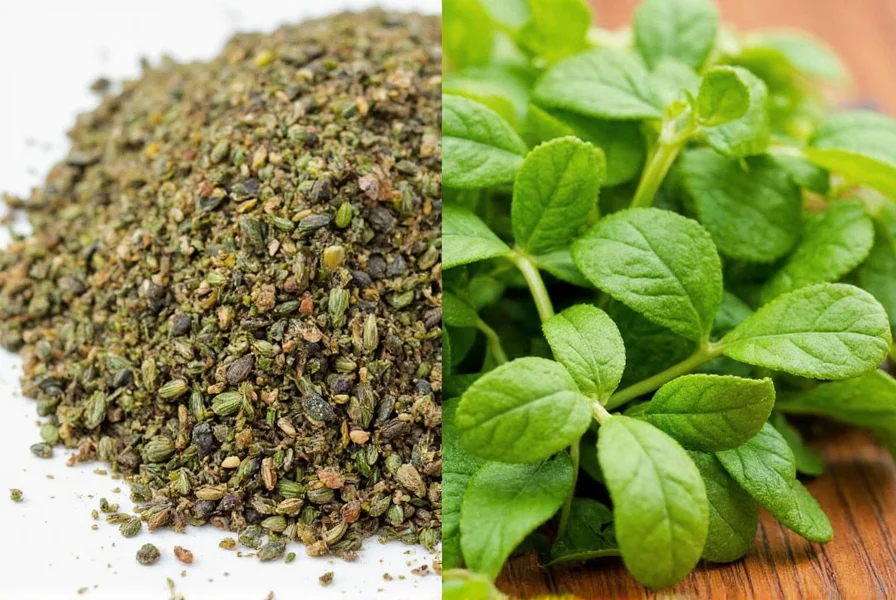
Culinary Uses Compared
Where to Use Mediterranean Oregano
- Pizza and pasta sauces
- Greek salads and lamb dishes
- Grilled fish or chicken marinades
- Vegetable roasts and focaccia bread
Where to Use Mexican Oregano
- Traditional tacos and enchiladas
- Salsas and taco fillings
- Beef birria and barbacoa
- Mole sauces and black bean soups
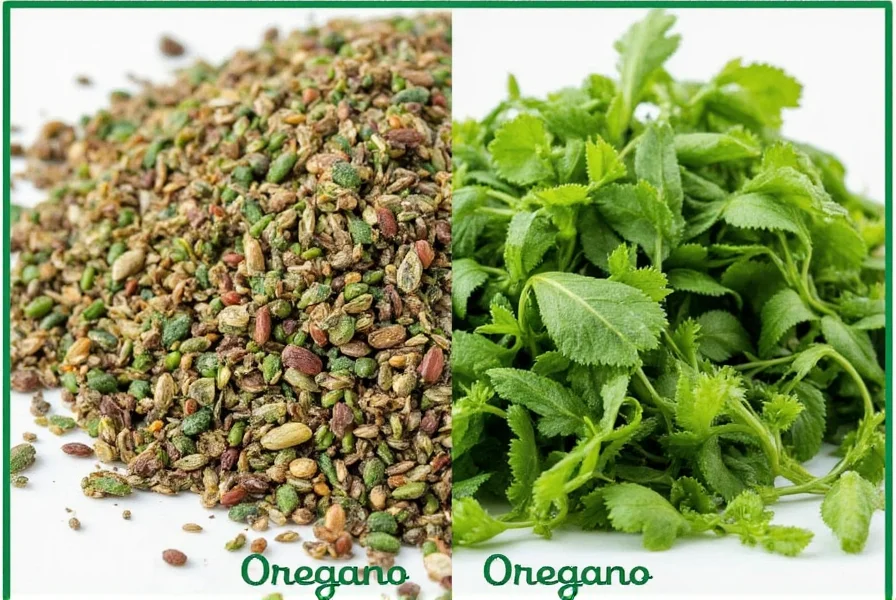
When to Use Each Herb: Practical Guidelines
Here’s a quick cheat sheet to help you decide which herb to reach for depending on what you're cooking:
Use Mediterranean Oregano When...
- You're making Italian or Greek dishes.
- You want an earthy, savory base note without overpowering other ingredients.
- You're slow-cooking or baking with tomatoes, eggplant, or olives.
Use Mexican Oregano When...
- You're cooking Mexican, Tex-Mex, or Central American recipes.
- Your dish includes chiles, cumin, or lime.
- You need a deep, smoky undertone that holds up during long cooking times.
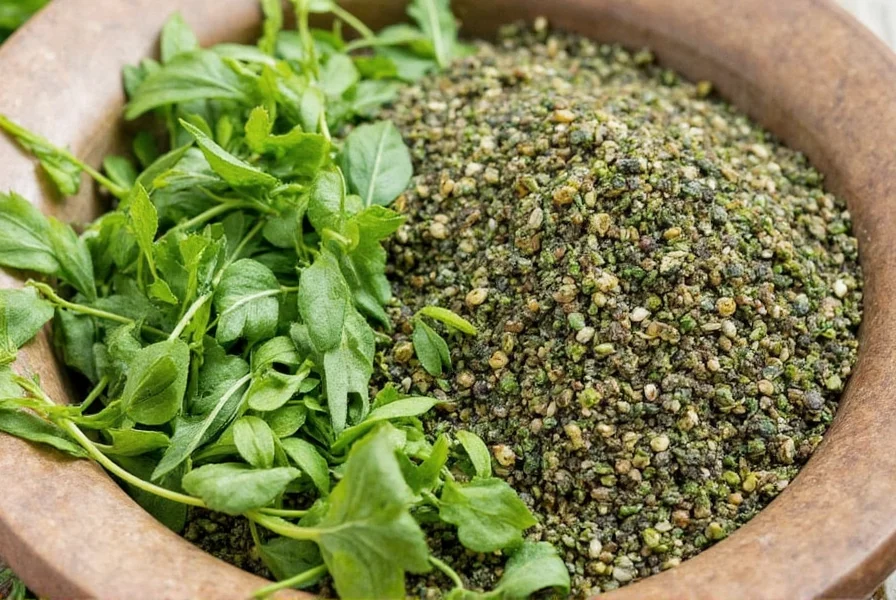
Top 5 Cooking Tips for Using Oregano & Mexican Oregano
- Toast Before Using: Lightly toast dried oregano or Mexican oregano in a dry pan for 1–2 minutes before adding to dishes to unlock their full aroma.
- Use Dried for Intensity: Both herbs are stronger dried than fresh. If using fresh, increase the quantity by 2–3 times.
- Add Early in Cooking: These herbs hold up well to heat, so add them early in the cooking process to infuse the dish thoroughly.
- Balance with Citrus: Mexican oregano pairs exceptionally well with lime or orange zest, while Mediterranean oregano complements lemon.
- Don’t Overdo It: A little goes a long way. Start with a small amount and adjust to taste — especially with Mexican oregano, which can quickly dominate a dish.
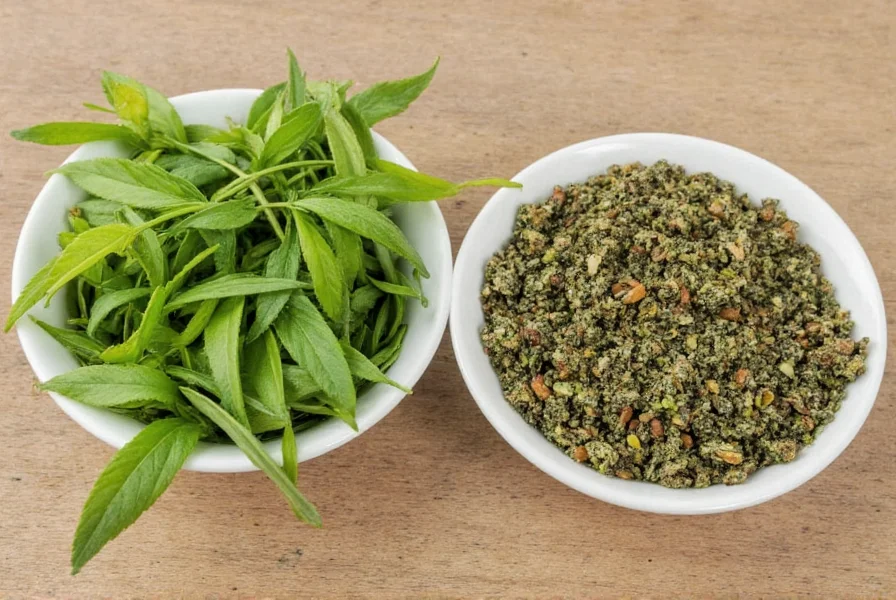
Buying Guide: How to Choose the Best Oregano or Mexican Oregano
When shopping for either herb, quality matters. Here’s how to choose the best product based on your needs:
Key Features to Look For
- Color: Vibrant green color indicates freshness. Avoid grayish or brownish herbs — those are likely stale.
- Aroma: Fresh or dried oregano should smell strongly herbal. If it lacks scent, it won’t have much flavor.
- Texture: Dried leaves should crumble easily. If they’re brittle or dusty, they may have been sitting too long.
Recommended Products
| Product | Features | Advantages | Best For |
|---|---|---|---|
| McCormick Culinary Oregano | Organic, air-dried, no additives | Bright flavor, perfect for sauces and marinades | Italian and Mediterranean dishes |
| Santa Maria Mexican Oregano | Natural, sun-dried, traditionally used in Mexican cooking | Intense, smoky flavor ideal for soups and stews | Mexican and Central American dishes |
| Frontier Co-op Organic Mexican Oregano | Non-GMO, ethically sourced | Consistent quality, excellent aroma | Home cooks and professional chefs alike |
| Simply Organic Mediterranean Oregano | High potency, sustainably harvested | Great for rubs, dressings, and seasoning blends | Pizzas, pastas, and vegetable dishes |
| La Morena Mexican Oregano | Economical, widely available, bold flavor | Ideal for everyday Mexican home cooking | Tacos, salsas, and bean dishes |
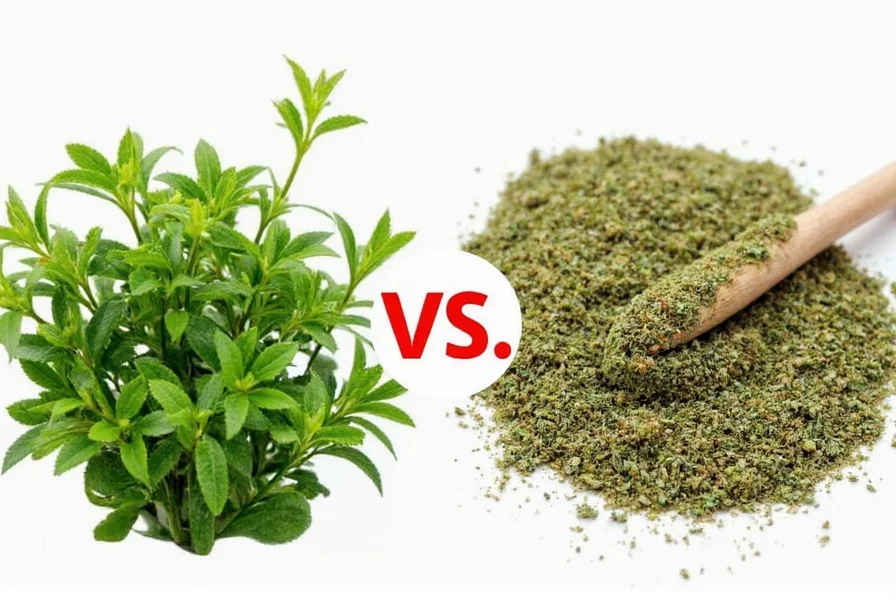
How to Store Oregano and Mexican Oregano
Proper storage keeps your herbs potent and flavorful for months.
Dried Oregano Storage Tips
- Store in a cool, dark place away from moisture.
- Use glass jars instead of plastic containers to preserve aroma.
- Check every 6 months — replace if the scent has faded.
Fresh Oregano Storage Tips
- Wrap in damp paper towels and refrigerate in a ziplock bag for up to a week.
- Freeze chopped leaves in ice cube trays with olive oil for easy use later.
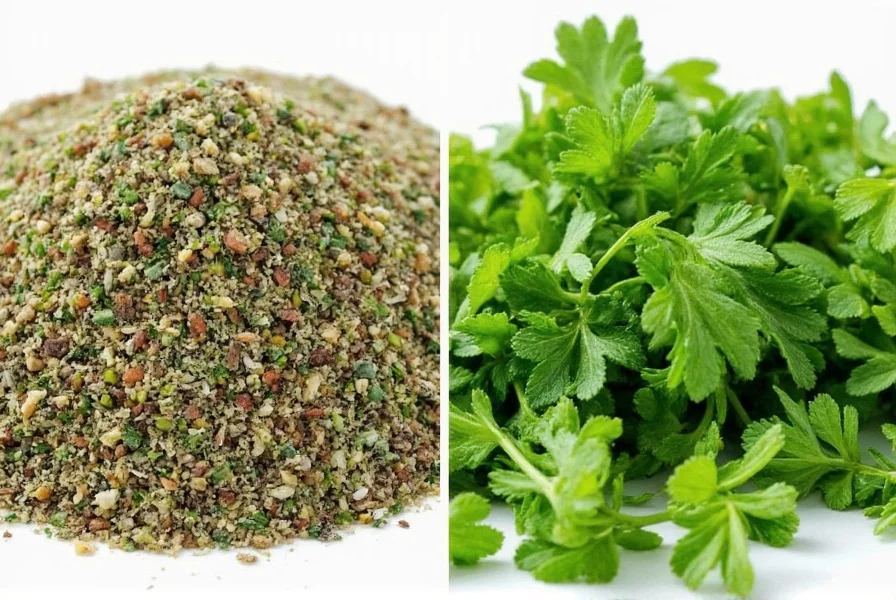
Common Mistakes to Avoid
Even seasoned cooks can fall into these traps — here’s how to avoid them:
- Mixing Up the Two Oreganos: Don’t assume all “oregano” is the same. Check labels carefully!
- Using Too Much: Especially with Mexican oregano, a pinch is better than a palmful.
- Adding Too Late: Both herbs benefit from being added early so they infuse the entire dish.
- Ignoring Substitutes: If you don’t have Mexican oregano, epazote is a better substitute than regular oregano.
- Storing Improperly: Heat and sunlight kill flavor fast. Keep both varieties sealed and shaded.
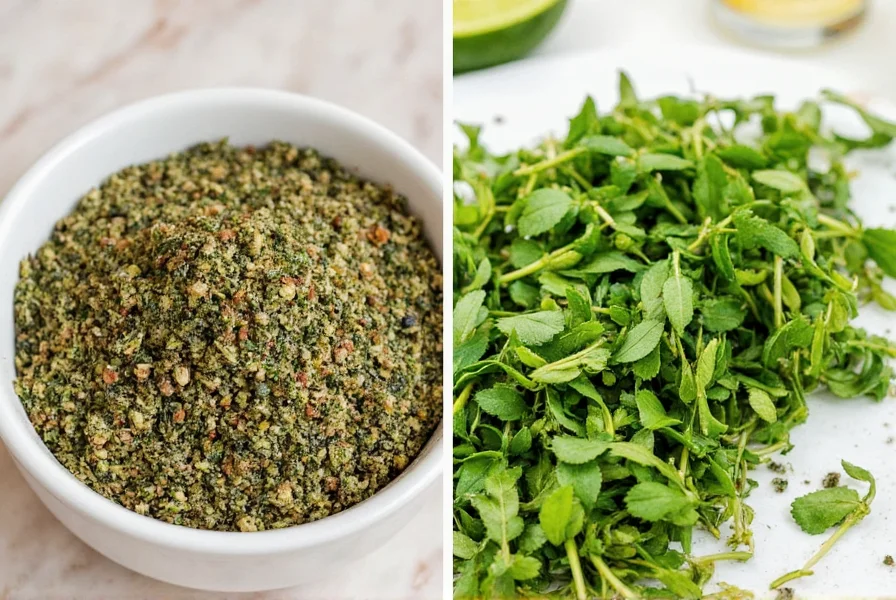
Frequently Asked Questions
Can I Substitute Regular Oregano for Mexican Oregano?
It’s possible in a pinch, but the flavor will be noticeably different. Try using a bit of cumin or smoked paprika to mimic the smoky depth of Mexican oregano.
Is Mexican Oregano Spicy?
No, it doesn’t add heat like chili peppers, but it does contribute a bold, complex flavor that can feel spicy in terms of intensity.
Which One Is Healthier?
Both offer antioxidants and anti-inflammatory properties. However, Mexican oregano contains higher levels of certain essential oils, such as thymol, which has antimicrobial benefits.
Can You Grow Your Own?
Absolutely! Mediterranean oregano is easy to grow in pots or gardens. Mexican oregano prefers hot, dry climates and can also be grown indoors under the right conditions.
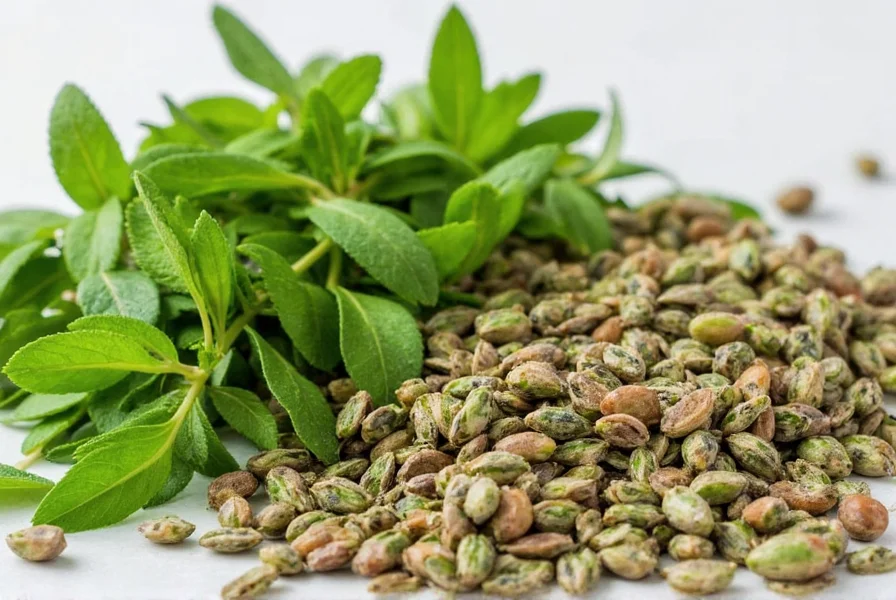
Conclusion: Know Your Oregano, Upgrade Your Dishes
Now that you’ve seen the clear distinction between oregano and Mexican oregano, you can elevate your cooking game simply by choosing the right herb for the job.
Whether you're tossing together a simple spaghetti aglio e olio or simmering a rich pot of birria, knowing the difference between these two powerhouse herbs ensures your food tastes exactly the way it should — authentic, aromatic, and absolutely delicious.
So next time you reach for that bottle labeled “oregano,” take a second to double-check the label. Because sometimes, the smallest ingredient choice makes the biggest difference!
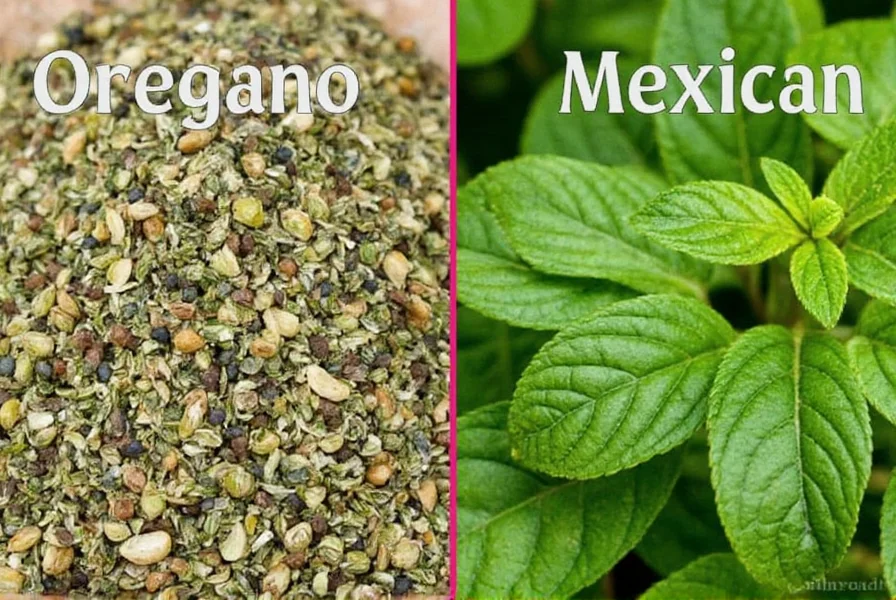

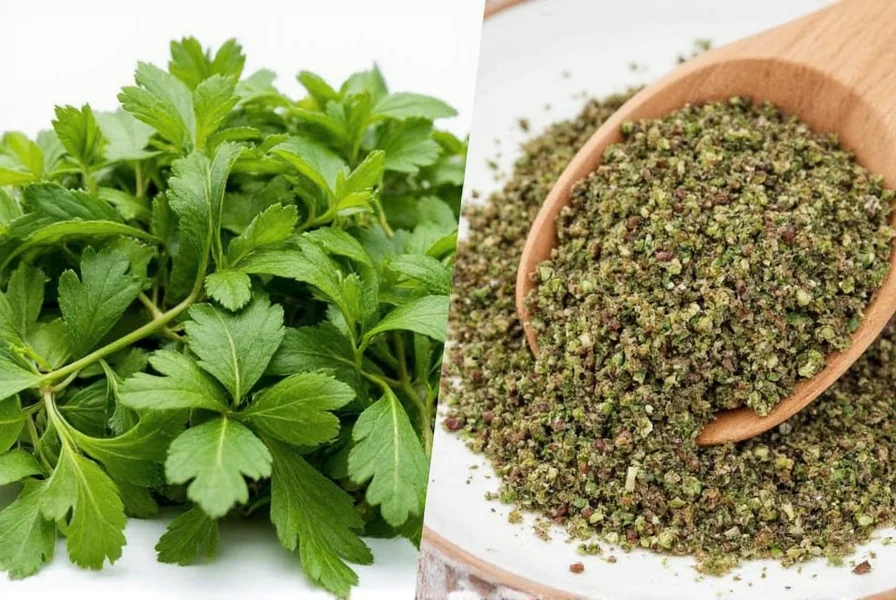









 浙公网安备
33010002000092号
浙公网安备
33010002000092号 浙B2-20120091-4
浙B2-20120091-4